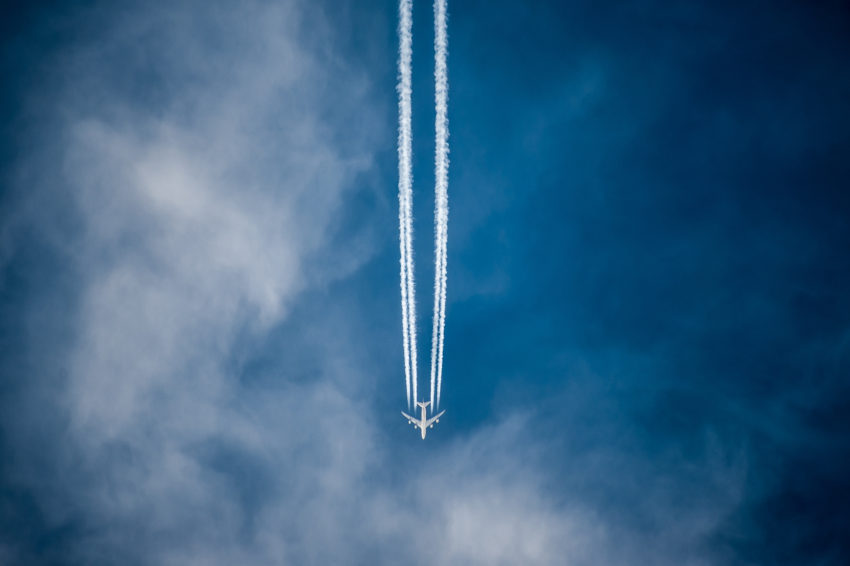Ever wonder what causes those line shaped clouds in the sky? The Morecast team breaks down the science behind the unique clouds called contrails.
What are contrails?
Have you ever looked up at the sky and seen an airplane with a streak of clouds left behind it? These are what scientists call contrails, short for condensation trails. They can be straight and solid or wide and wispy. Contrails can last for seconds or hours. It all depends on the weather conditions high up in the atmosphere.
How do contrails form?
High up at cruising altitude, somewhere between 8 to 12 km, the temperature outside the plane is extremely cold, below -40°F (-40°C). Now add the engine exhaust coming from the plane. The exhaust is much warmer and produces water vapor as a byproduct. When the water vapor mixes with the colder air, it condenses into a liquid and freezes into tiny ice crystals. Millions of these ice crystals make up what we call contrails.
However, there is one more important factor in the formation of contrails; humidity. Even when the temperature is below -40°F, if the air is too dry, contrails will not form. When the air is only moderately moist, the contrails will be short-lived for a few seconds or minutes. High humidity conditions allow the contrails to persist for an extended period well after the airplane is out of sight. If the conditions are right, the clouds can spread out to look like cirrus clouds. In rarer circumstances, contrails can occur at the surface in colder climates, such as Alaska, if enough moisture is present.
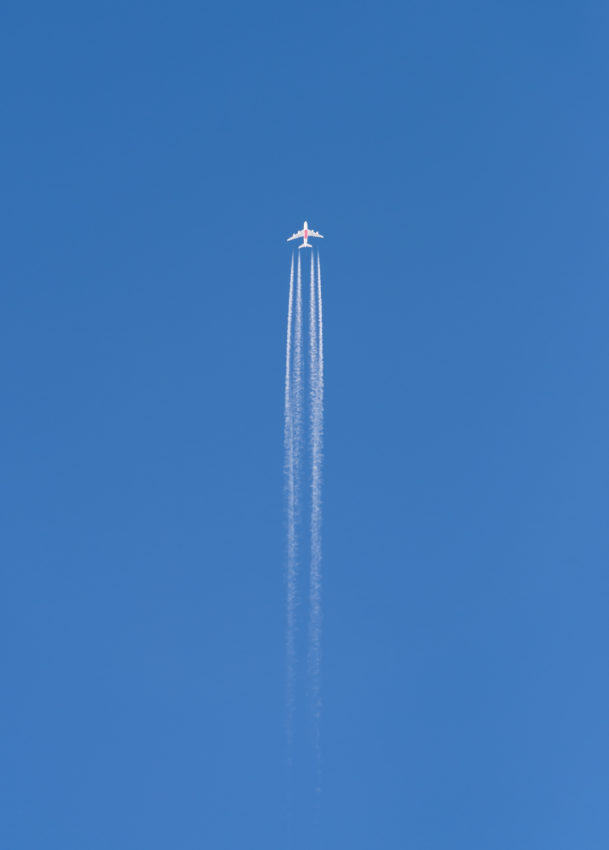
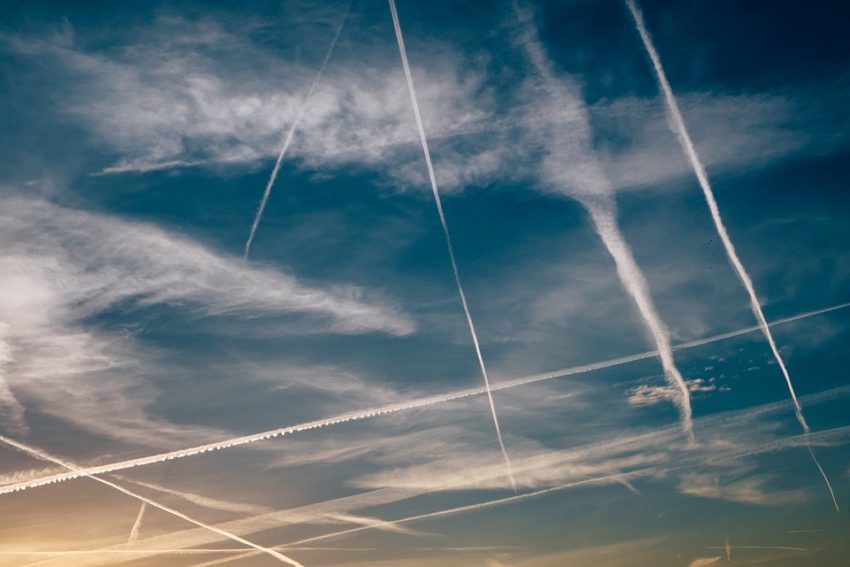
Curious when you might be able to spot contrails in your area? Check out NASA’s contrail formation forecast.
What are the impacts?
Since contrails are man made, many people assume the clouds are just air pollution produced by the plane. However, the formation of the clouds is primarily linked to the water vapor, with sulfur gases thought to play a small role in water droplet formation. Hence, contrails themselves do not have any harmful impacts on humans.
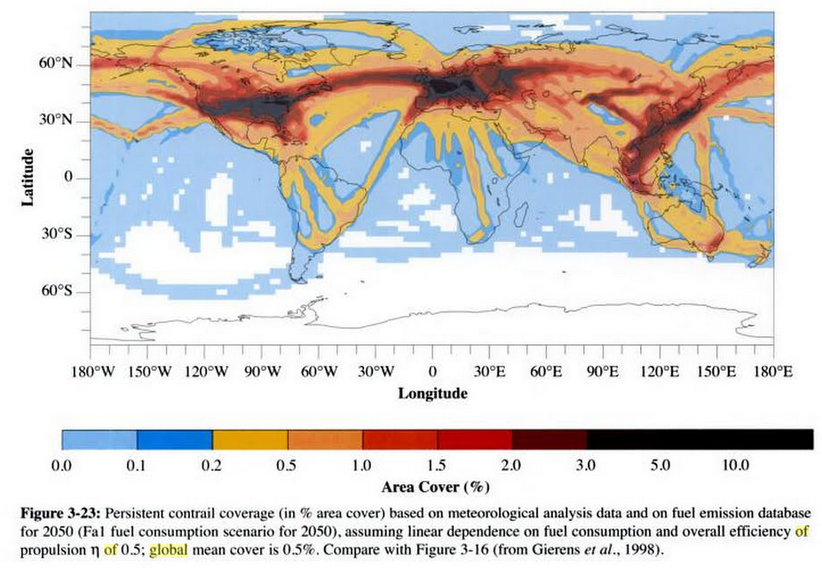
Although carbon dioxide does not play a role in the creation of contrails, it does contribute to overall carbon dioxide concentrations. Airplanes are one of the leading contributors to fossil fuel usage and carbon dioxide emissions, potentially impacting our climate.
Just how contrails impact our weather and climate is still unclear and continues to be researched. Scientists have shown clouds of any kind play a major role in our atmosphere. They reflect light from the sun and trap heat from the surface. An increase in cloud coverage due to contrails could cause a warming or cooling effect on our climate. Whether or not the clouds heat or cool our atmosphere remains uncertain. Scientists continue to research this very topic in order to better predict the state of our climate.
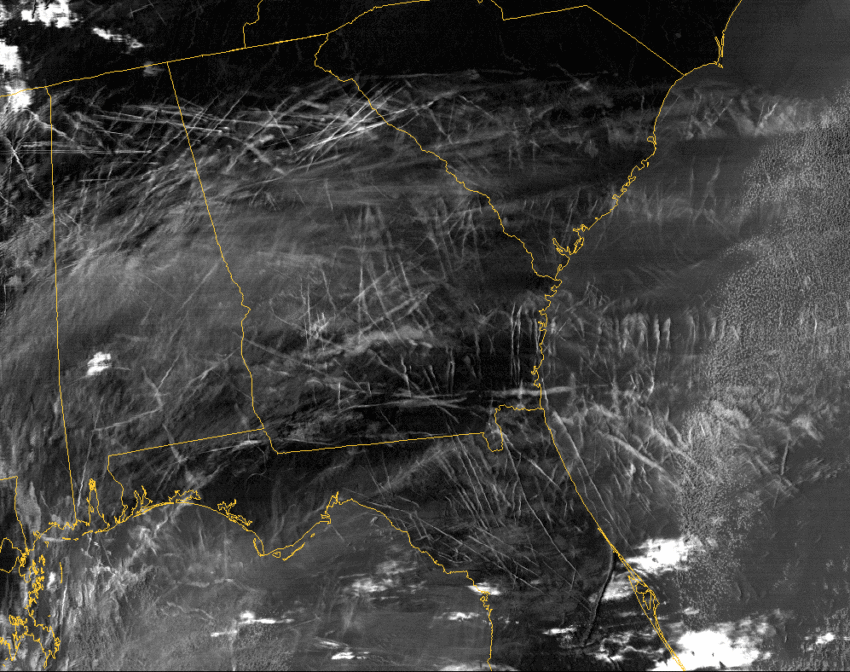
Have you captured any images of contrails in your area? Take a picture and upload it the Morecast app. Download Morecast here.
